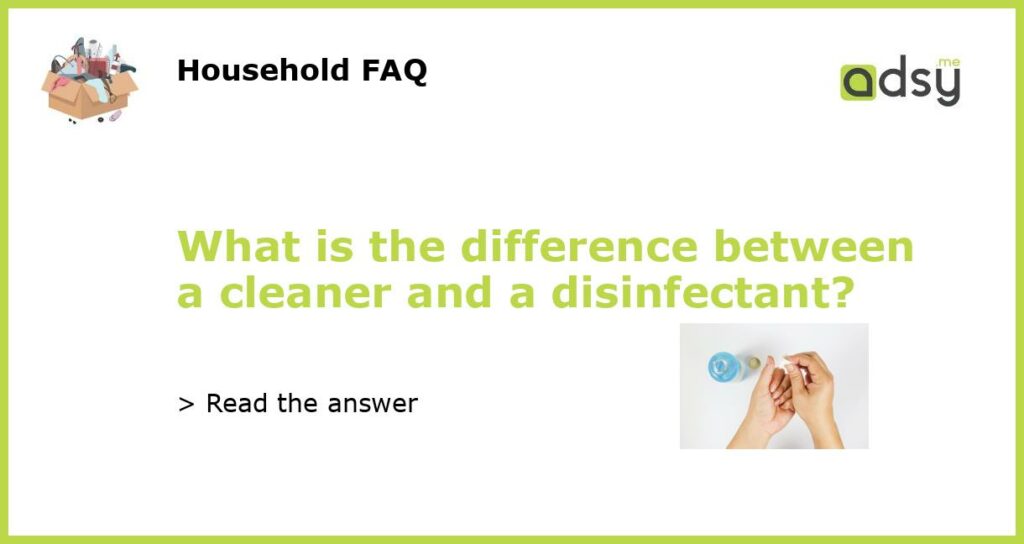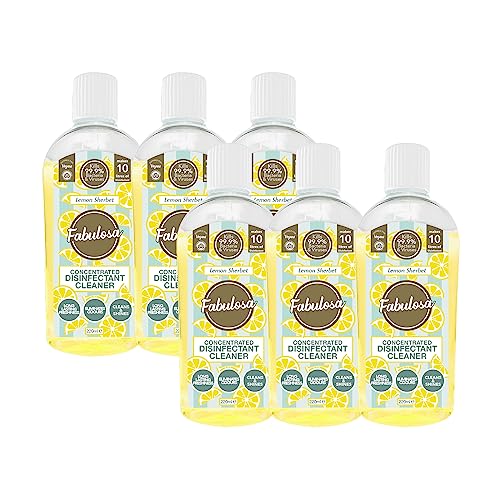Understanding the Difference Between a Cleaner and a Disinfectant
Keeping our homes and surroundings clean is important for our health and well-being. However, with so many cleaning products available in the market, it can be confusing to understand the difference between a cleaner and a disinfectant. While both products are used to clean surfaces, they work differently in eliminating germs and bacteria.
What are Cleaners?
Cleaners are products that are designed to remove dirt, grime, and other materials from surfaces. They work by breaking down and loosening up dirt, making it easier to wipe off. Cleaners are available in various forms such as sprays, wipes, and powders, and are commonly used on surfaces that don’t require a high level of disinfection, such as floors, glass, and countertops.
What are Disinfectants?
Disinfectants are products that are designed to kill germs and bacteria on surfaces. They work by using chemicals or natural ingredients that are toxic to microorganisms. Disinfectants are available in various forms such as sprays, wipes, and liquids, and are commonly used on surfaces that are frequently touched, such as doorknobs, light switches, and countertops in kitchens and bathrooms.
Why is the Difference Important?
The difference between a cleaner and a disinfectant is important because they serve different purposes. While a cleaner is effective at removing dirt and grime, it may not be able to eliminate germs and bacteria. On the other hand, a disinfectant is effective at killing germs and bacteria, but it may not be able to effectively remove dirt and grime from surfaces. Using a combination of both can help ensure that surfaces are both clean and disinfected.
It is important to understand the difference between cleaning and disinfecting and to use the proper products for each task. While cleaners and disinfectants can be effective individually, they work best when used together, ensuring that surfaces are not only clean but also free from harmful germs and bacteria.






